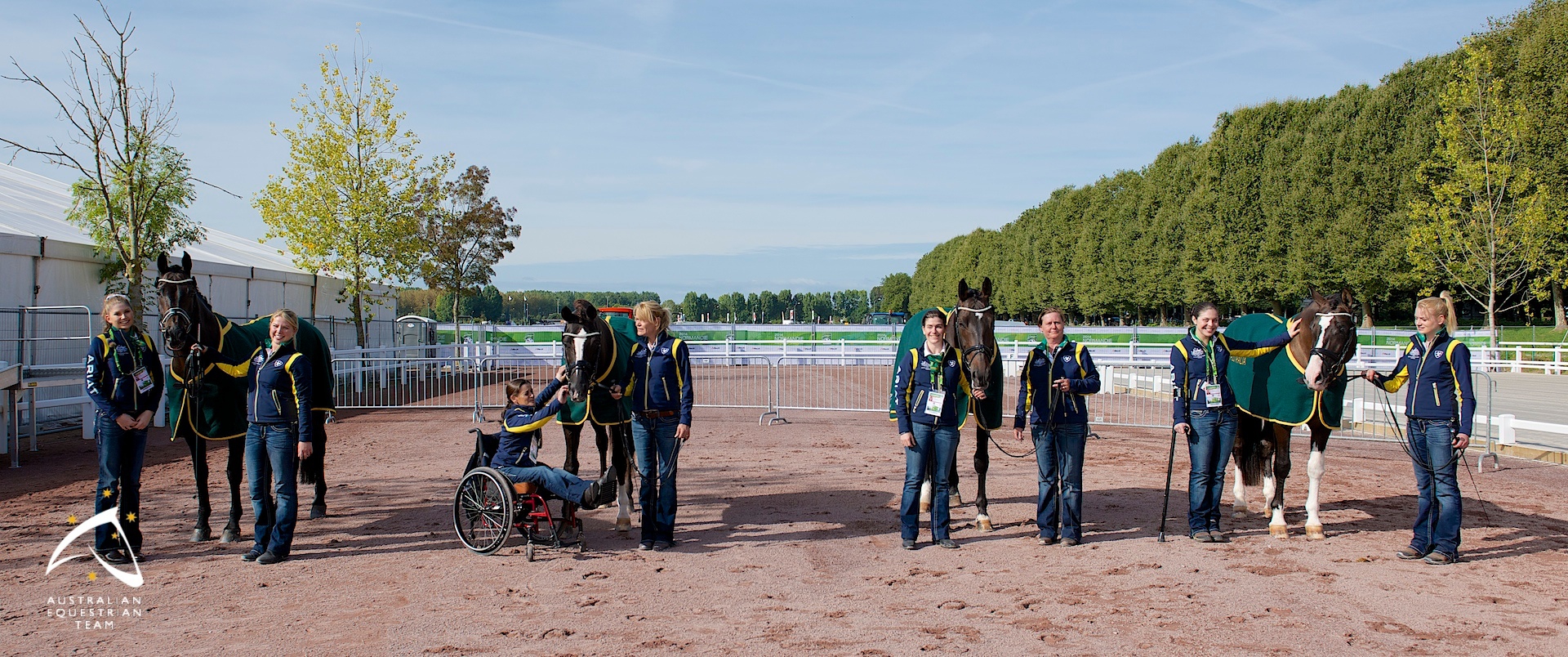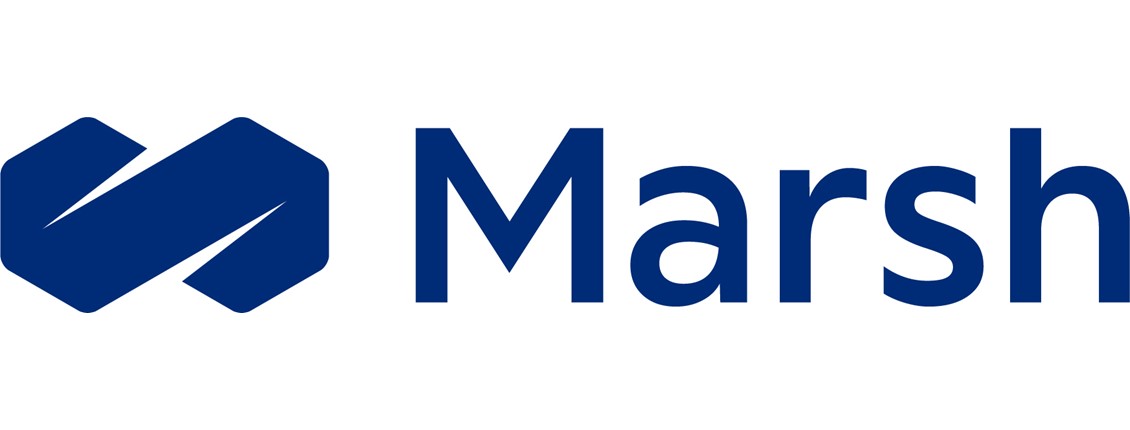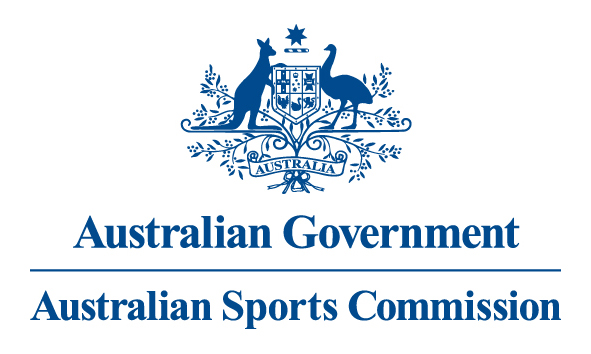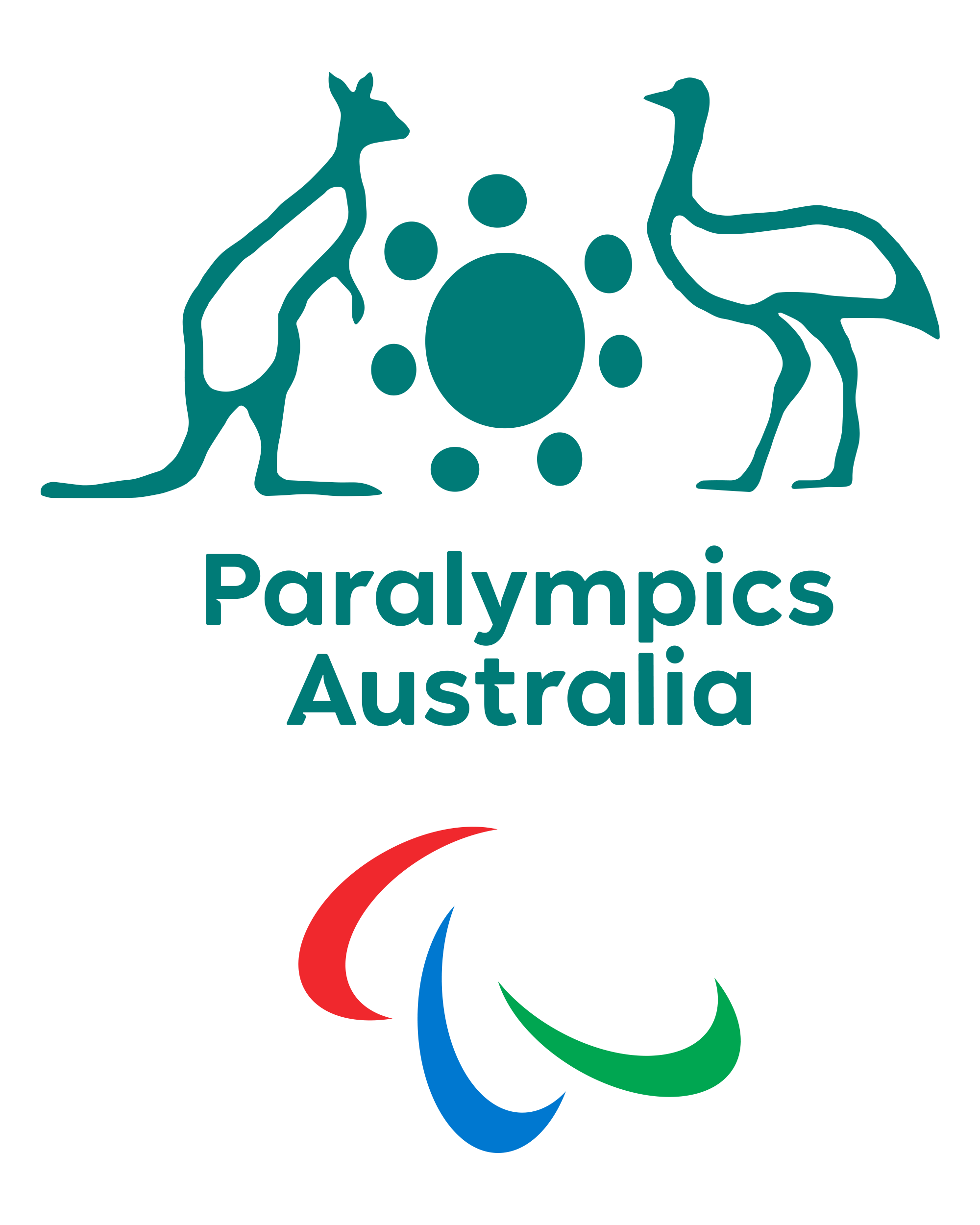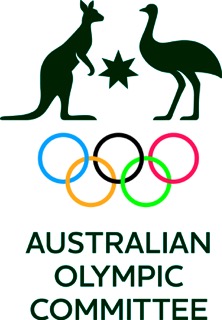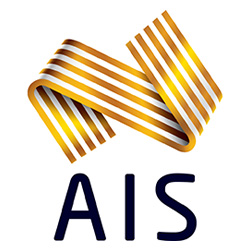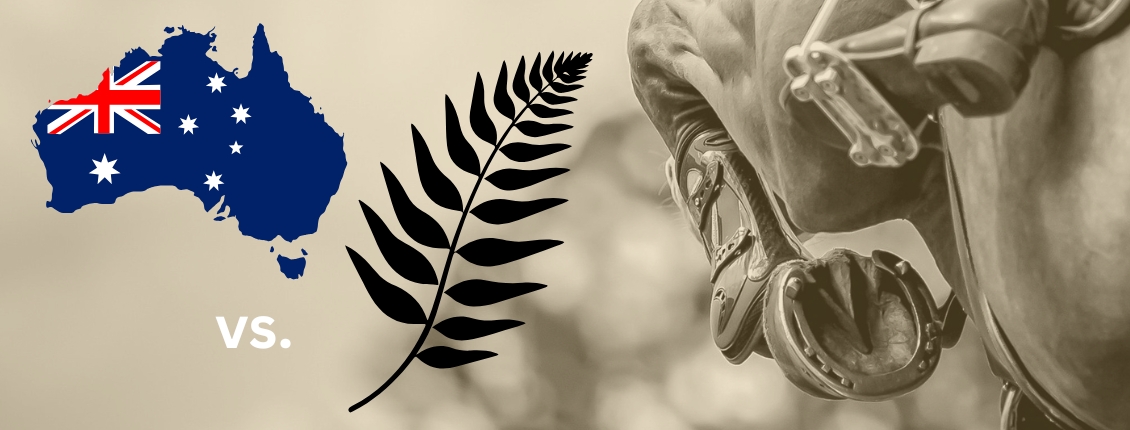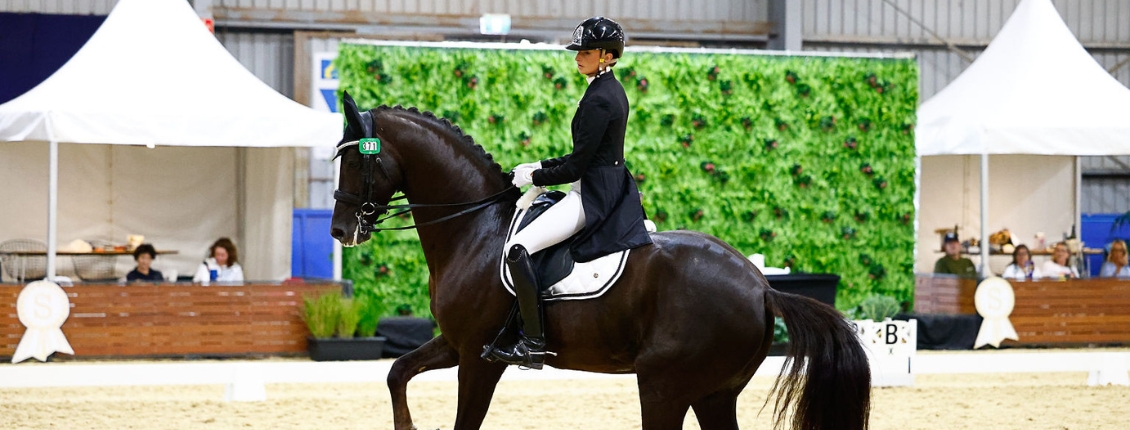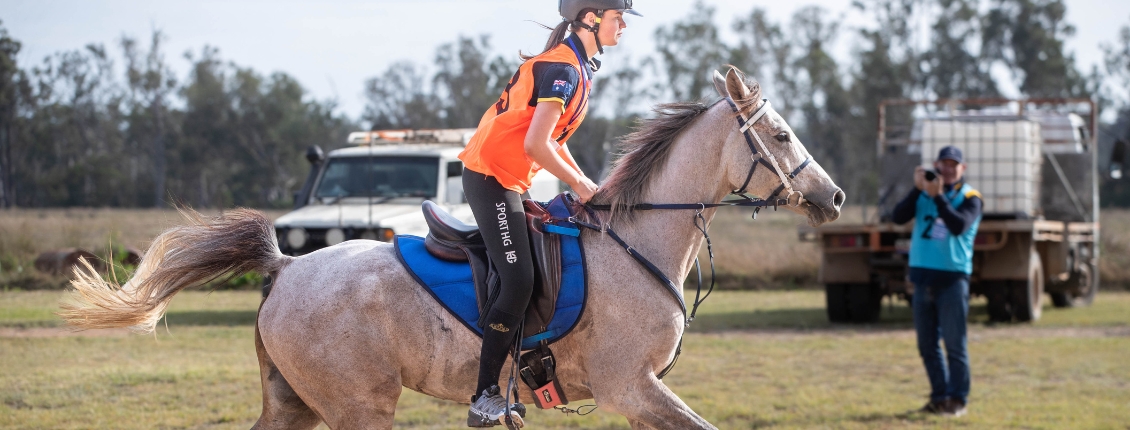The competitor’s mobility, strength and coordination are assessed in order to establish their Classification Profile.
Grades
Athletes are classified according to their disability across five grades, which determines the complexity of the tests which the riders perform. The grades range from Grade I which is for athletes whose impairment has the greatest impact on their ability to ride, through to Grade V for athletes whose impairment has the least impact on their ability to ride. Each grade reflects the rider’s physical ability:
Grade I - Walk only tests, and in Freestyle Tests may show lateral work.
Grade II - Walk and trot tests, and in Freestyle Tests may show lateral work.
Grade III - Walk and trot tests, and in Freestyle Tests may show canter and lateral work in walk and trot.
Grade IV - Walk, trot and canter tests and in Freestyle Tests may show lateral work and single flying changes.
Grade V - Walk, trot, canter and lateral work, and in Freestyle Tests may show canter half-pirourettes and 3 and 4 time flying changes.
Eligible Impairments
In order to be eligible to compete in Para Equestrian, athletes must have one of the following impairments (FEI Classification Rules Appendix I):
| Eligible Impairment | Description | Examples of Health Conditions | Minimum Impairment Criteria |
| Impaired Muscle Power | Athlete has a health condition that either reduces or eliminates their ability to voluntarily contract their muscles in order to move or to generate force | Spinal cord injury (complete or incomplete, tetra-or paraplegia or paraparesis), muscular dystrophy, post-polio syndrome and spina bifida | Greater than 15% loss of power, in at least one upper and/or lower limb |
| Limb Deficiency | Total or partial absence of bones or joints as a consequence of trauma | Traumatic amputation, illness (for example amputation due to bone cancer) or congenital limb deficiency (for example dysmelia) | Greater than 15% loss of power, or range of movement in at least one upper and/or lower limb |
| Leg Length Difference | A difference in the length of the athlete's legs | Dysmelia and congenital or traumatic disturbance of limb growth | Greater than 15% loss of power, or range of movement in at least one upper and/or lower limb |
| Short Stature | Athlete has a reduced length in the bones of the upper limbs, lower limbs and/or trunk | Achondroplasia, growth hormone dysfunction, and osteogenesis imperfecta | Greater than 15% loss of power, range or coordination in at least one upper and/or lower limb |
| Hypertonia | An increase in muscle tension and a reduced ability of a muscle to stretch caused by damage to the central nervous system | Cerebral palsy, traumatic brain injury and stroke | Greater than 15% loss of coordination in at least one upper and/or lower limb |
| Ataxia | Uncoordinated movements caused by damage to the central nervous system | Cerebral palsy, traumatic brain injury, stroke and multiple sclerosis | Greater than 15% loss of coordination in at least one upper and/or lower limb |
| Athetosis | Continual slow involuntary movements | Cerebral palsy, traumatic brain injury and stroke | Greater than 15% loss of coordination in at least one upper and/or lower limb |
| Impaired Passive Range of Movement | Arthrogryposis and contracture resulting from chronic joint immobilisation or trauma affecting a joint | Greater than 15% loss of range of movement in at least one upper and/or lower limb | |
| Vision Impairment | Impairment of the eye structure, optic nerves or pathways, or vision area of the brain, resulting in loss of vision in both eyes | Albinism, macular degeneration, macular or cone rod dystrophy and retinitis pigmentosa | Based on the athlete's best eye with the better optical correction possible vision. The Non Eligible have visual acuity equal or better than LogMAR 0.9 and / or visual field diameter equal or greater than 40 degrees tested with a III/4 stimulus in Goldmann perimeter (or equivalent in automatic perimeters) |
This information is provided as a guide to assist whether someone thinks they are eligible for classifcation. If you are unsure, please contact us ([email protected]) for further advice.
Non-eligible Impairments
Examples of Non-Eligible Impairments include, but are not limited to the following:
- Pain
- Hearing Impairment
- Low muscle tone
- Hypermobility of joints
- Joint instability, such as unstable shoulder joint, recurrent dislocation of a joint
- Impaired muscle endurance
- Impaired motor reflex functions
- Impaired cardiovascular functions
- Impaired respiratory functions
- Impaired metabolic functions; and
- Tics and mannerisms, stereotypes and motor perseveration
Health Conditions that are not Underlying Health Conditions
A number of health conditions do not lead to an Eligible Impairment and are not Underlying Health Conditions. An athlete who has a health condition (including, but not limited to, one of the health conditions listed above) but who does not have an Underlying Health Condition will not be eligible to compete in Para Equestrian.
Health conditions that do not lead to an eligible impairment are ones that primarily:
- Cause pain e.g. myofacial pain-dysfunction syndrome, fibromyalgia or complex regional pain syndrome
- Cause fatigue; e.g. chronic fatigue syndrome
- Cause joint hypermobility or hypotonia; or
- Are psychological or psychosomatic in nature e.g. conversion disorders or post-traumatic stress disorder

